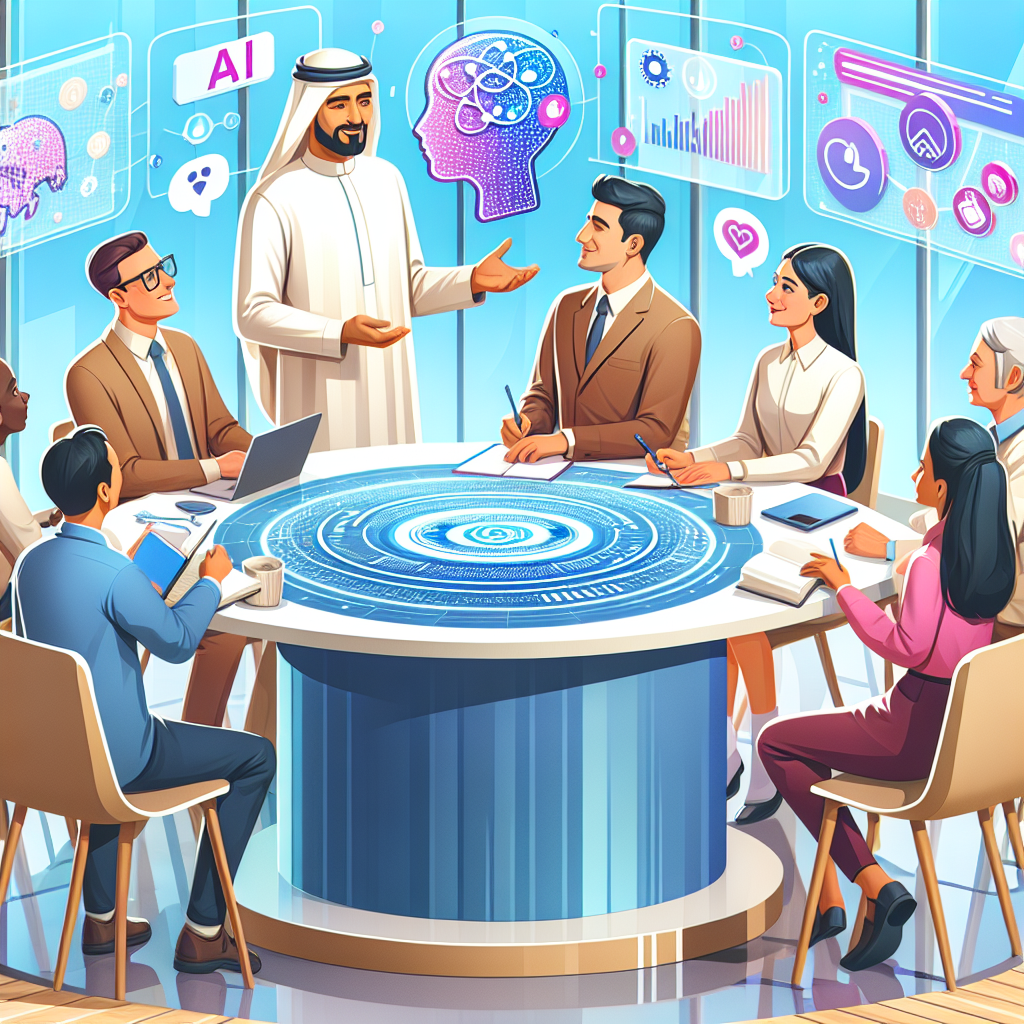Artificial intelligence (AI) has transformed many industries, including education. One area where AI is making a significant impact is in teacher collaboration. By leveraging AI tools and technologies, teachers can work together more effectively, share resources, and improve their teaching practices. In this article, we will explore the impact of AI on teacher collaboration and how it is changing the way educators work together.
AI-powered Collaboration Tools
AI has introduced a range of collaboration tools that are helping teachers work together more efficiently and effectively. These tools can analyze data, provide insights, and automate certain tasks, freeing up teachers to focus on more meaningful work. For example, AI-powered platforms like Google Classroom and Microsoft Teams enable teachers to share lesson plans, resources, and student data in real-time, facilitating collaboration and communication among educators.
AI can also help teachers personalize their teaching strategies based on student data. For example, AI tools can analyze student performance data and provide recommendations on how to tailor lesson plans to meet the needs of individual students. This level of personalization can help teachers work together to support the diverse learning needs of their students.
Additionally, AI-powered chatbots are being used to facilitate communication and collaboration among teachers. These chatbots can provide instant support, answer questions, and streamline administrative tasks, allowing teachers to focus on instructional activities. By leveraging AI chatbots, teachers can collaborate more effectively, share resources, and communicate more efficiently.
Impact on Professional Development
AI is also transforming teacher collaboration by providing opportunities for professional development. AI-powered platforms offer personalized learning experiences for teachers, allowing them to access relevant resources, attend virtual training sessions, and collaborate with peers from around the world. These platforms can analyze teacher data and provide recommendations on areas for improvement, helping educators grow and develop their teaching skills.
Furthermore, AI can facilitate the sharing of best practices among teachers. By analyzing data from various sources, AI tools can identify successful teaching strategies and share them with educators. This can help teachers learn from each other, improve their practice, and ultimately enhance student learning outcomes.
AI-powered collaboration tools are also enabling teachers to collaborate across geographical boundaries. Through virtual platforms and online communities, educators can connect with colleagues from different schools, districts, and countries. This global collaboration allows teachers to share ideas, resources, and best practices, ultimately enriching their teaching practice and expanding their professional network.
Challenges and Considerations
While AI has the potential to revolutionize teacher collaboration, there are also challenges and considerations that educators must be aware of. One concern is the potential for AI to replace human interaction and collaboration. While AI tools can streamline certain tasks and provide valuable insights, they cannot replace the human connection and creativity that comes from working together face-to-face. It is important for educators to balance the use of AI with traditional forms of collaboration to ensure a well-rounded approach.
Another consideration is the need for ongoing professional development and training. As AI technology continues to evolve, teachers must stay up-to-date on the latest tools and platforms in order to effectively collaborate with their peers. Schools and districts should invest in training and support for teachers to ensure they have the skills and knowledge needed to leverage AI for collaboration.
FAQs
Q: How can AI help teachers collaborate more effectively?
A: AI-powered collaboration tools can streamline communication, automate tasks, and provide insights that help teachers work together more efficiently. By leveraging AI technology, educators can share resources, analyze data, and personalize their teaching strategies to better support student learning.
Q: What are some examples of AI tools for teacher collaboration?
A: Examples of AI tools for teacher collaboration include Google Classroom, Microsoft Teams, AI chatbots, and personalized learning platforms. These tools enable teachers to share resources, communicate, and collaborate with colleagues, ultimately enhancing their teaching practice.
Q: What are the benefits of AI for teacher collaboration?
A: AI can help teachers collaborate more effectively by providing personalized learning experiences, facilitating communication, and enabling global collaboration. By leveraging AI technology, educators can access resources, share best practices, and improve their teaching practice to enhance student learning outcomes.
In conclusion, AI is transforming teacher collaboration by providing new opportunities for educators to work together more effectively. By leveraging AI-powered tools and platforms, teachers can share resources, personalize their teaching strategies, and collaborate with colleagues from around the world. While there are challenges and considerations to be aware of, the potential benefits of AI for teacher collaboration are significant. As AI technology continues to evolve, educators have the opportunity to enhance their collaboration and ultimately improve student learning outcomes.

